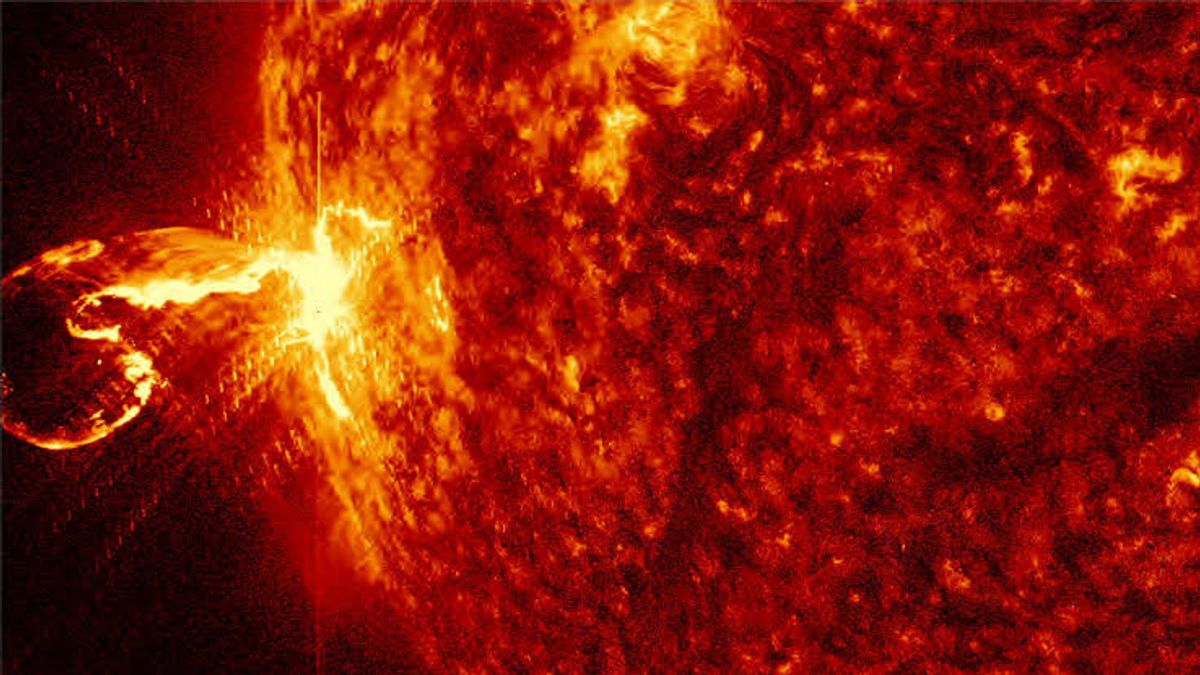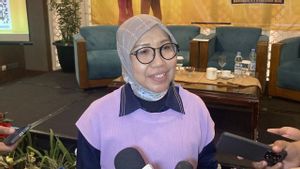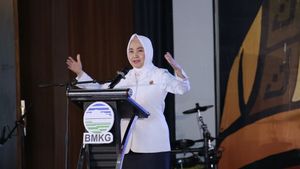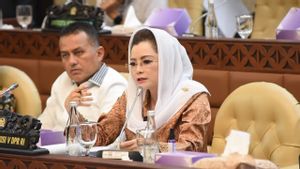JAKARTA The University of New Hampshire was selected as the developer of the Solar Wind Plasma Sensor for the US National Oceanic and Atmospheric Administration (NOAA). This technology will be part of the program.
This Lagrange 1 Series construction contract was handed over by NASA on Thursday, October 24. This US$24.3 million (Rp380 billion) contract will include the development of two sensors that can study solar wind flow stably.
The sensor, which the university develops, will collect various data to help the country understand space weather. This data could show the adverse effects of solar storms, such as radio disruptions, satellites, and GPS.
"The Solar Wind Plasma Sensor will measure solar winds, supersonic hot plasma flows from the Sun, and provide data to the NOAA Space Weather Prediction Center, which emits forecasts, warnings, and alerts that help reduce the impact of space weather," NASA explained.
SEE ALSO:
The contract NASA submitted on behalf of NOAA will run for nine years until the second instrument launches. The device will be developed at the University of New Hampshire facility, Durham and at the Johns Hopkins Applied Physics Laboratory.
"The University of New Hampshire will design, analyze, develop, create, integrate, test, verify, and evaluate sensors, support its launch, supply and maintain instrument land support equipment," NASA said.
The US space agency added that the University of New Hampshire should support post-launch mission operations. Meanwhile, NASA and NOAA will oversee the development, launch, testing and operation of all satellites in the L1 Series project.
The English, Chinese, Japanese, Arabic, and French versions are automatically generated by the AI. So there may still be inaccuracies in translating, please always see Indonesian as our main language. (system supported by DigitalSiber.id)

















